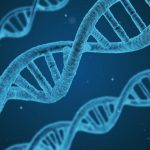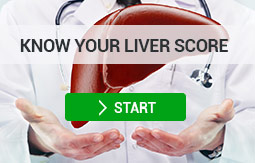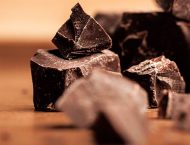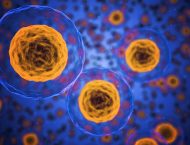What’s in this article
- What is primary biliary cirrhosis?
- Signs & symptoms
- Diagnosis
- Treatment
What is primary biliary cirrhosis?
Primary biliary cirrhosis, also known as primary biliary cholangitis is an autoimmune disease that affects the liver and also damages the bile ducts
There are certain factors that can increase your risk of primary biliary cirrhosis. The disease affects more women than men and generally occurs in people aged 30 to 60 years old. The disease is also more prevalent in Northern Europe and North America. If you have a family member who suffers from primary biliary cirrhosis then you have a higher chance of getting it. Researchers suggest that there may be other contributing factors such as smoking, toxic chemicals, infections caused by bacteria and environmental factors.
Signs & symptoms
Unfortunately, like many liver diseases, primary biliary cirrhosis often has no symptoms until significant damage has occurred, at time of diagnosis symptoms may take between 5 to 20 years to manifest. When symptoms are present at diagnosis it is often then seen that the patient will have a poorer outcome.
Early symptoms may include:
- Fatigue
- Itchy skin
- Dry eyes and mouth
Later signs and symptoms may include:
- Pain in the upper right abdomen
- A buildup of fluid in the abdomen
- Swelling of the spleen
- Bone, muscle or joint pain
- Weak and brittle bones
- Swollen feet and ankles (edema)
- Fatty deposits on the skin around the eyes, eyelids or in the creases of the palms, soles, elbows or knees
- Yellowing of the skin and eyes (jaundice)
- Unexplained darkening of the skin
- High cholesterol
- Diarrhea
- Underactive thyroid
- Weight loss
Diagnosis
In order to diagnose primary biliary cirrhosis, your doctor will most likely suggest blood tests. More than half of suffers of the disease will have a huge increase of cholesterol levels so a cholesterol test may reveal the disease. Liver blood tests that check the levels of enzymes in the blood may also be suggested or a blood test for antibodies. A blood test for antibodies may show signs of autoimmune disease which does not occur in patients who are only suffering from liver disease.
Another way your doctor may want to check for primary biliary cirrhosis is through imaging tests such as an ultrasound or an MRI scan. This will help to rule out other possibilities and to get a better look at the bile ducts.
If you need help or are unsure of what to ask your doctor then read our Ten Questions to Ask Your Hepatologist article.
Treatment
The first step in the treatment of primary biliary cirrhosis is managing the symptoms that occur from the disease as some may cause pain and discomfort. Unfortunately, there is no cure for this autoimmune disease, however, there are medications available that can slow the process and may also prevent any complications associated. Your doctor will talk you through the options, if the damage is severe then a liver transplant may be the preferable solution.
Find out about the nutrition bar that 98% of liver health experts would recommend!
References
Liverdirectory.com
Mayoclinic.org

 (442) 244-5115
(442) 244-5115















